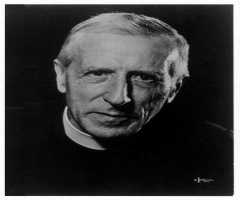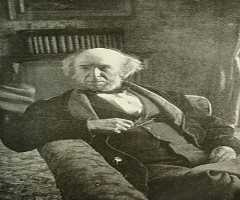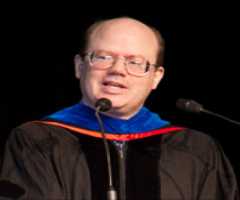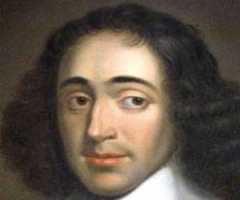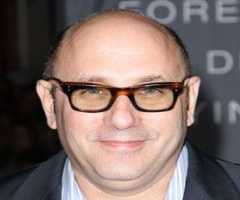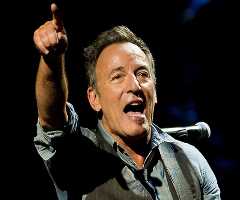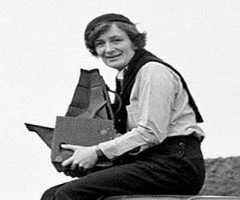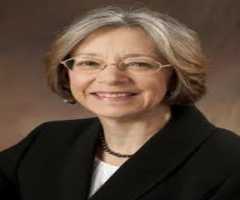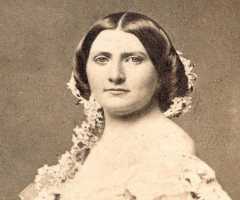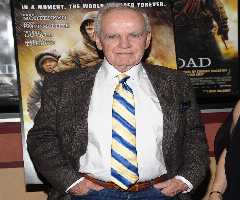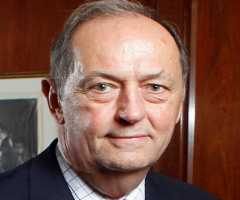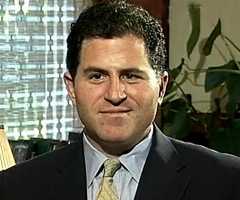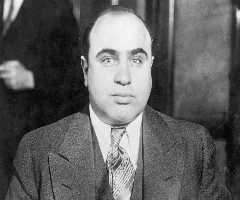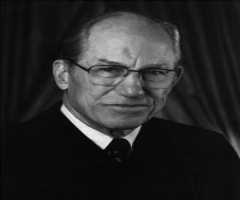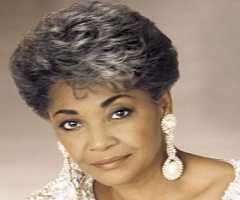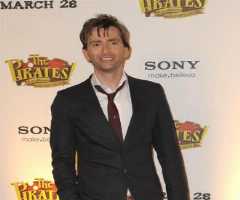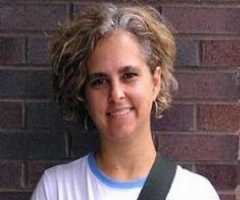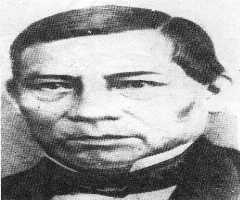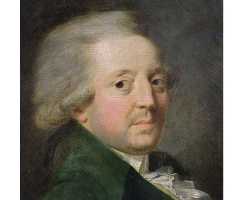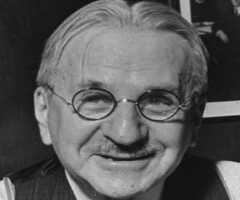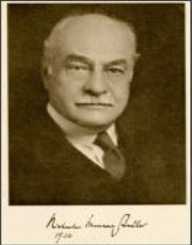
Also Known For : Educator
Birth Place : Elizabeth, New Jersey, United States of America
Died On : December 7, 1947
Zodiac Sign : Aries
Nicholas Murray Butler Biography, Life, Interesting Facts
Born on April 2, 1862, Nicholas Murray Butler is an award-winning American philosopher, educator, and diplomat. Nicholas Murray Butler was a Noble Prize recipient for the promotion of the Briand-Kellogg pack and has been honored several other bodies for his contribution to his field of work. As a brilliant chap, he received his doctorate at age 22. Nicholas Murray Butler became the president of Columbia University after previously serving as a staff member.
Nicholas Murray Butler was also the president of the Carnegie Endowment for International Peace and served in several other positions. Butler’s popularity was so huge that The New York Times each year printed his Christmas greetings nationwide.
Early Life And Education
Nicholas Murray Butler was born on April 2, 1862, to Mary Butler and Henry Butler in Elizabeth, New Jersey. His father was a manufacturing worker. Nicholas Murray Butler childhood life and subsequent education are not known. Nonetheless, it is recorded that he had his tertiary education at the Columbia College now Columbia University. Nicholas Murray Butler graduated with a Bachelor of Arts degree in 1883 and later pursued a doctorate in 1884. Having earned a doctorate at that age proves his level of intelligence.
At the university, Nicholas Murray Butler was a member of the Peithologian Society. His excellent academic performance and level of intelligence gained him the nickname Nicholas Miraculous from Theodore Roosevelt. He also had some further studies in Paris and Berlin, where Nicholas Murray Butler met his future lifelong friend Elihu Root, who would later become a Secretary of State.
Career
Nicholas Murray Butler started his career in the Columbia philosophy department as a staffer in 1885. Two years on, he co-founded Grace HoadleyDedge and later a President of New York School for Training Teachers. The school was then affiliated to the University of Columbia had a name change to Teacher College, Columbia University. Butler continued his career as an educator by serving as a lecturer at the John Hopkins University, Baltimore from 1890 to 1891. With education being dear to him, he accepted an appointment onto the New Jersey Board of Education and was one of the brains behind the formation of the College Entrance Examination Board.
Nicholas Murray Butler was in 1901 appointed as acting president of Columbia University and after a year became the substantive president of the University. Nicholas Murray Butler served in the position for more than four decades is the longest-serving president in the university’s history. Nicholas Murray Butler retired in 1945 two years before his death. His tenure came with massive development in terms of infrastructure, schools, departments and at the academic level. It was his time that the Columbia-Presbyterian Medical Centre came into being. It was the first ever medical center in the world.
His effort was recognized with an honorary membership to the New York Society of the Cincinnati. Nicholas Murray Butler was also named after the philosophy library of Columbia, and posthumously the academic library formerly known as South Hall was also named Butler Library in his honor. Several other facilities were named after him for his diligence and contribution to the University Columbia and the society.
Involvement In Politics
As a member of the Republican Party, Nicholas Murray Butler was from 1888 to 1936 a delegate to the Republican National Convention. Nicholas Murray Butler was selected by the Republics to receive electoral votes on behalf of Vice President James S. Sherman who died prior to the presidential elections in 1912. However, Nicholas Murray Butler placed third behind the Democrats and Progressive after receiving just eight votes. After campaigning for Elihu Root for the presidential nomination in 1916, Nicholas Murray Butler also tried for that position in 1920 and 1928 but failed.
His political activism was massive within those times his active influence helped in the Repeal of Prohibition in 1993. Butler had always believed that Prohibition hindered the development of America and was one of the greatest mistakes. Nicholas Murray Butler was part of the Carnegie Endowment Peace Conference in London which considered the use of gold internationally.
Leadership And Other Works
Nicholas Murray Butler headed lots of organizations and conferences including being the Chair of the Lake Mohonk Conference on International Arbitration between the periods 1907 and 1912. With the same period, Nicholas Murray Butler was selected as the president of the American branch of International Conciliation. Nicholas Murray Butler was head of the international education and communication, was the founder of the European branch of the Endowment headquartered in Paris, and also from 1925 to 1945served as the President of the Endowment. From 1928 to 1946 he served as the President of the Pilgrim Society which was aimed at promoting Anglo-American friendship and also from 1928 to 1941, served as the President of the American Academy of Arts and Letters.
Personal Life
Nicholas Murray Butler was married to Susanna Schuyler in 1887 and had a daughter. After the death of Susanna in 1903, he married Kate La Montagne in 1907. He became partially blind in 1945 aged 83 and died in 1947. He was mostly seen as arrogant and hostile to persons who disagreed with his philosophies to the extent of dismissal if his ideas were questioned. One of such persons who suffered from Butler autocracy was classical scholar Harry Thurston Peck and Joel Elias Spingarn, a civil right pioneer.
Honors And Award
Nicholas Murray Butler received honors and an award like Noble Peace Prize in 1931 for his “promotion of the Briand-Kellogg pact" and service as a "leader of the more establishment-oriented part of the American peace movement." Nicholas Murray Butler was honored with Knight Grand Commander in the Order of the Redeemer, Order of Saint Sava, Grand Cordon of the Order of Leopard and Knight Grand Cross in the Order of the Crown of Italy. Other include Commander in the Order of the Red Eagle and Knight Grand Cross in the Order of Saint Maurice and Lazarus.
Works
Nicholas Murray Butler works include Regeneration, 1896, True and False Democracy, 1907, Philosophy, 1908, The International Mind, 1912, Why Should we Change our Form of Government?, 1912 and The Great War and Its Lessons, 1914. Others include the United States of Europe, 1914, The United States as a World Power, 1915, The Building of the Nation, 1916, The Basis of Durable Peace, 1917, Problems of Peace and After-Peace, 1919, Making Liberal Men and Women, 1921, Scholarship and Service, 1921, Building the American Nation, 1923, The Faith of a Liberal, 1924 and Between Two Worlds, 1934.

